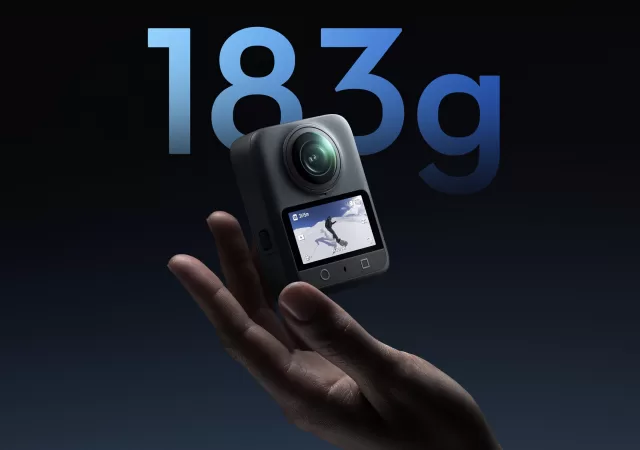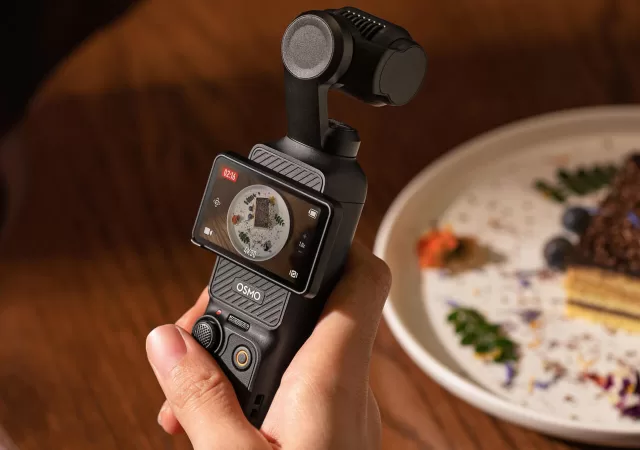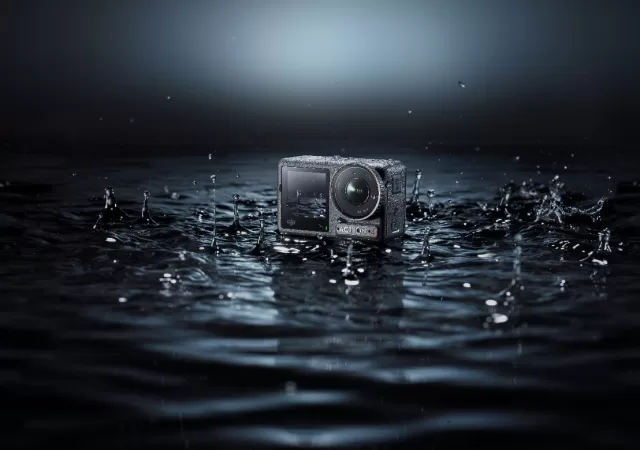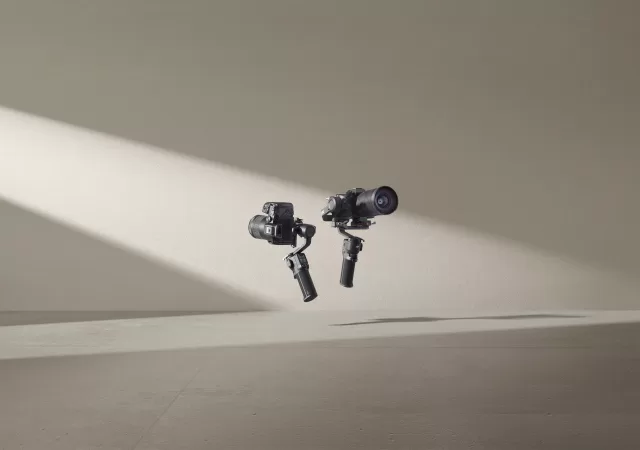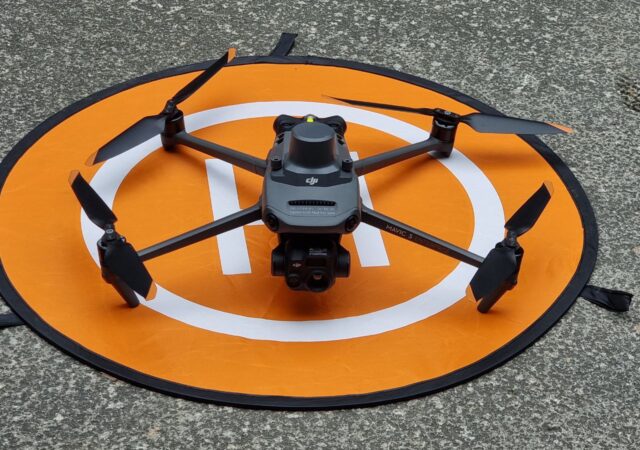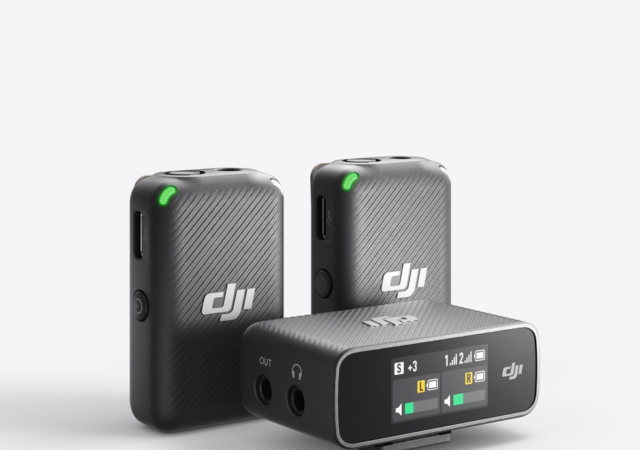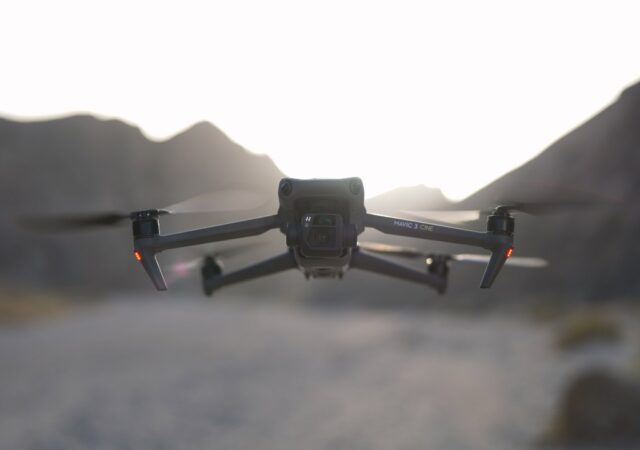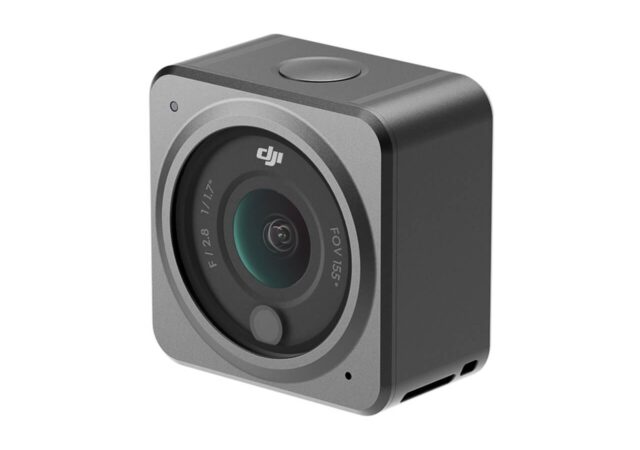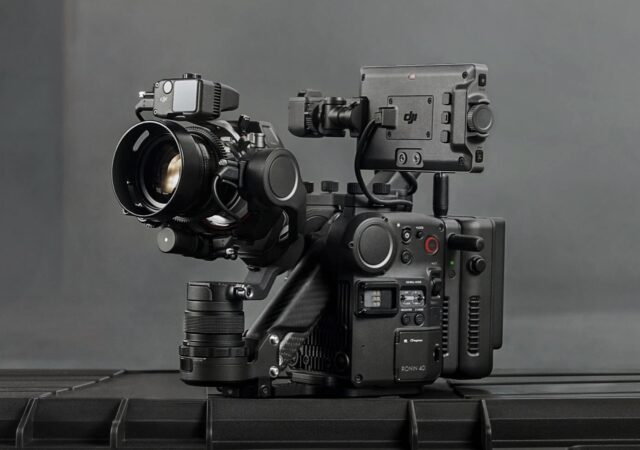DJI announces a brand new camera in their line up the OSMO 360 that brings 360 degree capture in a rugged body.
DJI Unveils the Osmo Pocket 3
Meet the DJI Osmo Pocket 3: a small yet powerful gimbal camera with a 1-inch CMOS sensor, 2-inch rotating touchscreen, and 4K recording at 120 fps; delivering sharper images & night shots.
DJI Osmo Action 4 Makes Your Action Shots Clearer with 4K Resolution & Improved Low Light Performance
DJI announces the Osmo Action 4 with upgrades that allow better footage in low light conditions, long shooting times and more versatile footage with D Log M support.
DJI Launches the DJI RS 3 Mini for Mirrorless Cameras
DJI releases their latest compact gimbal for mirrorless cameras, the RS 3 Mini stabilizer that will cost US$ 369.
DJI Enterprise launches the Mavic 3E and Mavic 3T – Not Your Average Mavic 3
DJI launches the Mavic 3E and Mavic 3T, the new Mavic 3 Enterprise drones made for industrial application with thermal camera,if need be.
DJI MIC is the Next Best Thing for Video Audio Solutions
DJI makes the MIC, an audio recording solution that charges two wireless mic in a box, kind of like your TWS earphones. Sets you back US% 329.
DJI Opens Its First Experience Store Premium in Pavilion Kuala Lumpur
DJI opens its first Experience Store in Pavilion Premium Kuala Lumpur in Malaysia.
The DJI Revolution is Here in the Form of the Mavic 3 with Prices from MYR 9,799
DJI released the new Mavic 3 and Mavic 3 Cine edition with 5.1k 50fps and 4K 120fps video recording with 4/3 CMOS Hasselblad sensor.
The DJI Action 2 Takes Things at the Next Level
DJI announces the Action 2 action camera as the successor to the DJI Osmo Action. The new camera records at 4K 120fps with Rockstead 2.0.
The DJI Ronin 4D Launches and is a Filmmaker’s Wet Dream on Gimbals
DJI launched the Ronin 4D, a full-frame Zenmuse X9 cinema camera that is mounted on a 4-axis gimbal for the ultimate cinema camera.



